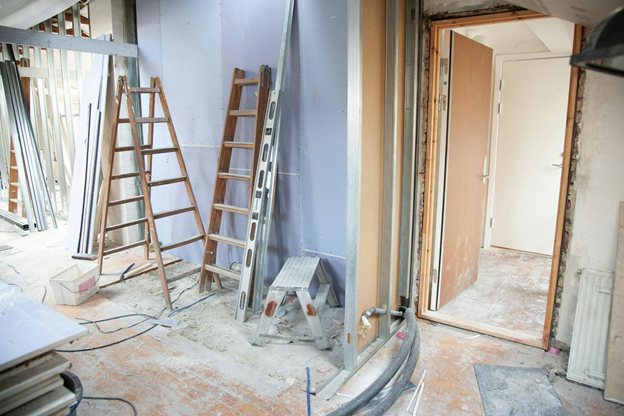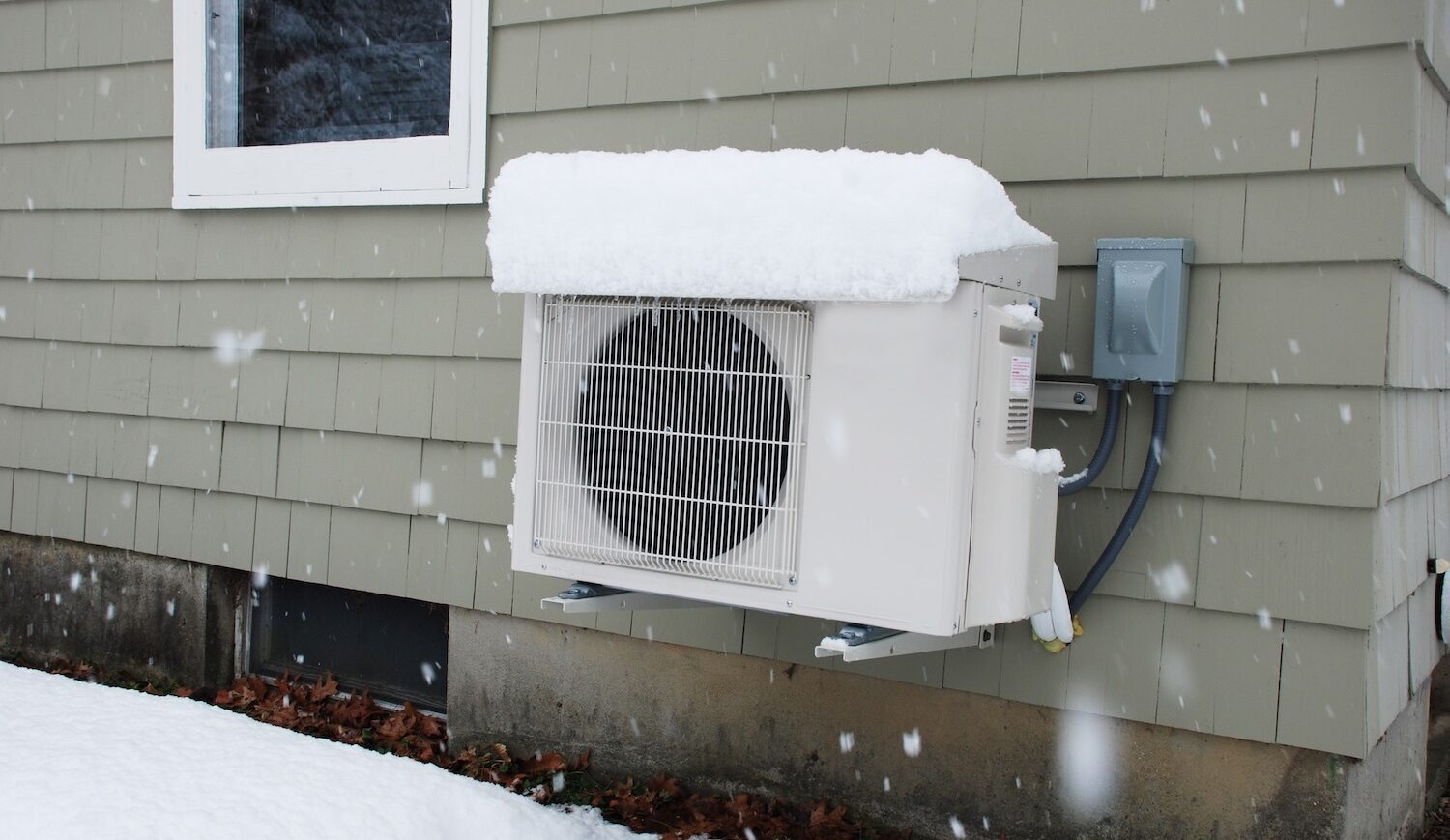When it comes to real estate, the adage “location” rings true for a reason. The location of a property has an enormous impact on its value and desirability. While things like square footage, age, upgrades, and other features are important, location trumps everything when determining a home’s worth. The top consideration for families is the quality of the local school district. Homes zoned for top-performing public schools can command a significant premium. Parents are often willing to pay more for a home in a superior school district, especially for high-achieving elementary and middle schools. The best districts will attract more buyers and drive up demand.
Proximity to amenities
Homes near conveniences like shops, restaurants, parks, and entertainment tend to be more valuable. Easy access to amenities is attractive to buyers. For example, a home next to a beautiful park or within walking distance of downtown offers an appealing lifestyle. Being close to everyday destinations allows residents to run errands quickly and enjoy leisure activities. Easy access to public transportation like bus and train lines is a major perk in cities. Commuting time and cost is a top consideration for workers. Properties near subway stops or commuter rail stations are highly desirable, especially in congested metro areas. For suburban locations, proximity to highways and major arterial roads adds value.
Quality of neighborhood
The desirability and prestige of the immediate neighborhood influence prices. Affluent neighborhoods with larger lots, custom homes, and attractive landscaping are in higher demand. Factors like homeowner association fees, gates, and community amenities like pools and fitness centers enhance prestige. Low-crime areas are more sought after than neighborhoods with higher incidents of property crime and violent crime. Parents especially want to live in communities they perceive to be safe. Checking crime statistics helps identify the safest neighborhoods. Things like heavy traffic, airport noise, and nearby industrial sites can impact value. Living near nuisances is less desirable. Proximity to freeways lower value due to noise. Homes in the flight path of busy airports sell for less. Nearby factories or construction zones are also negative.
Natural features
Properties located near water, mountains, forests, and other natural features often come at a premium. Lakeside living, ocean views, and mountain vistas are perks that buyers will pay more for. Lush, green surroundings also boost value. Proximity to natural assets indicates a higher quality of life. Homes in walkable neighborhoods with pedestrian-friendly streets and nearby retail and dining tend to cost more. Walkability saves on commuting costs and appeals to health-conscious buyers.
Trendy areas
Some neighborhoods develop a fashionable, trendy cache that boosts value. These communities attract social influencers and become desirable for their hip, upscale reputations. Oklahoma Real Estate MLS in areas considered culturally rich and fashion-forward comes at a premium. Areas poised for future development and population growth present opportunities. Buyers pay more for homes in markets expected to expand. Locations near planned commercial and residential construction bring price bumps. Property values rise in anticipation of forthcoming growth.
The takeaway is that location factors have an outsized impact on a home’s worth compared to the physical attributes of the property itself. While upgrades and finishes are important, location makes up the bulk of a property’s value. When considering a real estate purchase, keep these key location factors in mind. Choosing the optimal site maximizes value and gets more houses for your investment.




